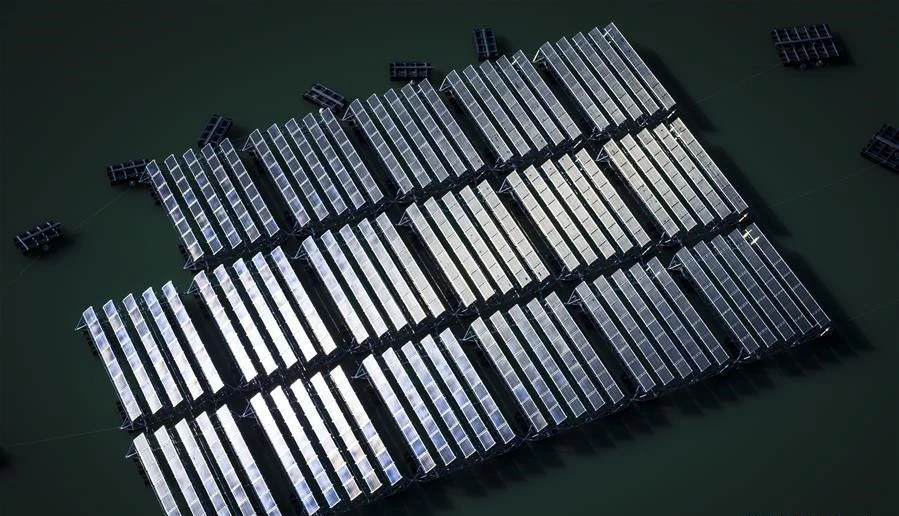Historic breakthrough! Solar Cell with Conversion Rate Close to 50%
According to the reports of foreign media, U.S. National Renewable Energy Laboratory has published a new research result in "Natural Energy". The result shows that scientists have developed a kind of solar cell with conversion efficiency approaching 50%. The solar energy battery uses III-V compound materials featuring a wide absorption. It captures light in specific parts of the solar spectrum through six connection points, and improves the performance of the connection points through 140 layers of different III-V compound materials.
It is reported that the solar cell made of this material has high efficiency in relatively high manufacturing cost, and is usually used to power satellites. Although this solar cell's conversion rate of nearly 50% is measured under the condition of centralized lighting, with a specific conversion efficiency of 47.1%, its conversion efficiency is as high as 39.2% under the condition of sunlight, which is by far the highest conversion rate of solar cells.
According to relevant sources, the research team has not given up furthering optimization of this solar cell made of such material. The next step is to reduce the resistance barrier of current flow inside the battery, so as to improve the conversion efficiency to reach up to over 50% under centralized lighting conditions.
According to the report, in another study, researchers from the Helmholtz Center in Berlin broke another record of solar cell conversion efficiency. The solar cell materials they developed consist of two different types of photosensitive layer cells, one is perovskite and the other is a mixture of copper, indium, gallium and selenium, namely CIGS.
It is said that the thickness of the CIGS layer is 3-4 microns, and the thickness of the perovskite layer covering the surface is only 0.5 microns. Perovskite collects visible light and CIGS collects infrared light. Researchers also added a layer of rubidium atom in the middle to promote the contact between the two layers. The peak conversion efficiency of this solar cell has reached 24.16%. Although it is lower than the 47.1% mentioned above, it is lower in cost due to its CIGS material. Moreover, it is easier to produce flexible solar module due to its thinner thickness. It is not only suitable for use in space, but also expected to enter daily life in the future at a lower cost and in a wide range of usage scenarios.

It is reported that the solar cell made of this material has high efficiency in relatively high manufacturing cost, and is usually used to power satellites. Although this solar cell's conversion rate of nearly 50% is measured under the condition of centralized lighting, with a specific conversion efficiency of 47.1%, its conversion efficiency is as high as 39.2% under the condition of sunlight, which is by far the highest conversion rate of solar cells.
According to relevant sources, the research team has not given up furthering optimization of this solar cell made of such material. The next step is to reduce the resistance barrier of current flow inside the battery, so as to improve the conversion efficiency to reach up to over 50% under centralized lighting conditions.
According to the report, in another study, researchers from the Helmholtz Center in Berlin broke another record of solar cell conversion efficiency. The solar cell materials they developed consist of two different types of photosensitive layer cells, one is perovskite and the other is a mixture of copper, indium, gallium and selenium, namely CIGS.
It is said that the thickness of the CIGS layer is 3-4 microns, and the thickness of the perovskite layer covering the surface is only 0.5 microns. Perovskite collects visible light and CIGS collects infrared light. Researchers also added a layer of rubidium atom in the middle to promote the contact between the two layers. The peak conversion efficiency of this solar cell has reached 24.16%. Although it is lower than the 47.1% mentioned above, it is lower in cost due to its CIGS material. Moreover, it is easier to produce flexible solar module due to its thinner thickness. It is not only suitable for use in space, but also expected to enter daily life in the future at a lower cost and in a wide range of usage scenarios.






